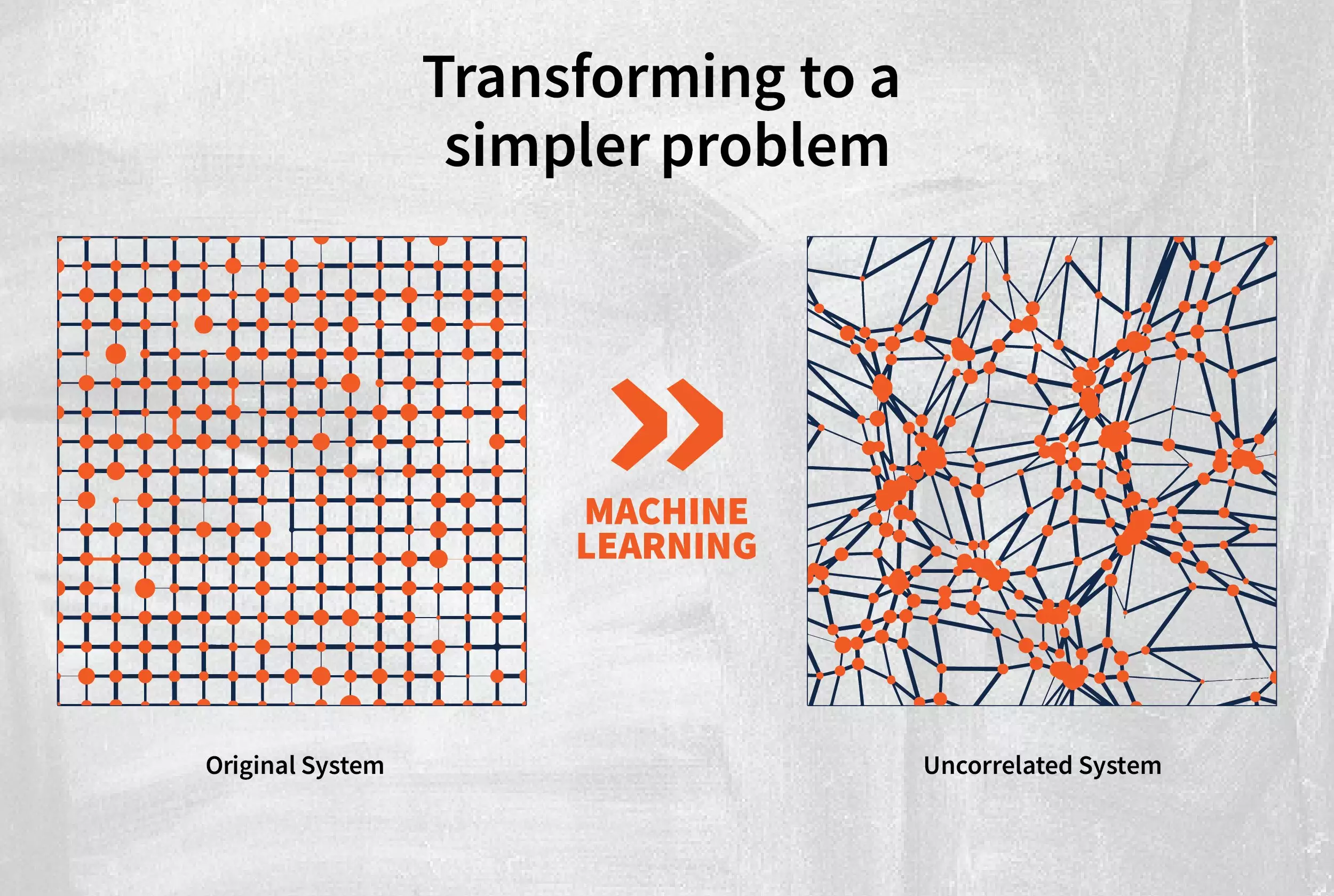Researchers at the University of Illinois Urbana-Champaign have introduced a groundbreaking approach to understanding diffusion in multicomponent alloys. By breaking down diffusion into individual contributions, known as “kinosons,” they were able to utilize machine learning to efficiently model the alloy and calculate diffusivity in a fraction of the time compared to traditional methods.
Diffusion in solids plays a crucial role in various industrial processes, such as the production of steel, ion movement in batteries, and the doping of semiconductor devices. Understanding how atoms move within a material is essential for optimizing material properties and performance. In this study, the focus was on modeling diffusion in multicomponent alloys, which consist of five different elements in equal proportions – manganese, cobalt, chromium, iron, and nickel.
One of the main challenges in simulating diffusion is the need for long timescales to observe the random movement of atoms within the material accurately. Traditional simulations require running trajectories for extended periods to capture the full picture of diffusion. This limitation restricts the ability to study diffusion comprehensively and hinders the use of more accurate methods for calculating transition rates.
The concept of kinosons revolutionizes the approach to modeling diffusion by considering every jump an atom makes as a contribution to diffusion. By eliminating correlated jumps, the problem becomes more straightforward to solve, as each jump, or kinoson, contributes to the overall diffusivity. This new perspective allows for a more accurate representation of how atoms move within solid materials.
One of the significant advantages of utilizing kinosons and machine learning in modeling diffusion is the significant increase in computational efficiency. By focusing on individual jumps and their probabilities, researchers were able to speed up simulations by up to 100 times compared to traditional methods. This breakthrough not only accelerates the research process but also provides a more detailed understanding of how different elements diffuse within a solid material.
The introduction of kinosons and machine learning in the study of diffusion represents a paradigm shift in how researchers approach this fundamental process. The ability to extract the distribution of kinosons and calculate diffusivity more efficiently opens up new possibilities for investigating diffusion in various materials. As Professor Dallas Trinkle emphasizes, this approach has the potential to become the standard method for studying diffusion in the coming years, ultimately transforming the way researchers perceive and analyze diffusion in multicomponent alloys.


Leave a Reply